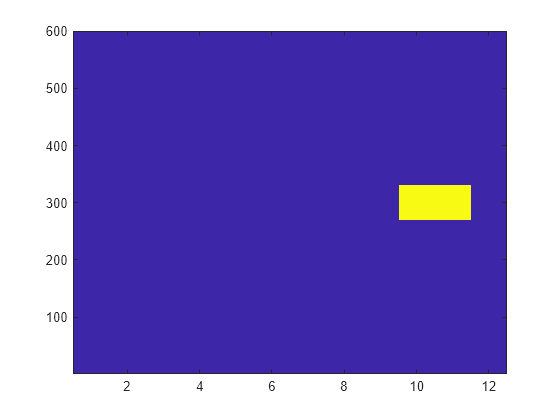lteSSSSIndices
SSSS resource element indices
Description
ind = lteSSSSIndices(ue)
Examples
Input Arguments
Output Arguments
More About
References
[1] 3GPP TS 36.211. “Evolved Universal Terrestrial Radio Access (E-UTRA); Physical Channels and Modulation.” 3rd Generation Partnership Project; Technical Specification Group Radio Access Network. URL: https://www.3gpp.org.
Version History
Introduced in R2016b
